Cat litter fillers: varieties and subtleties of use
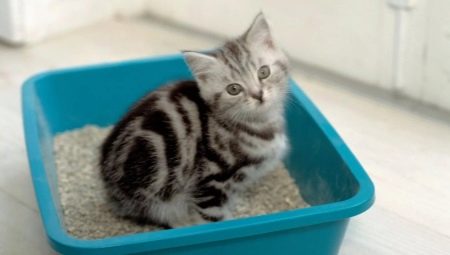
Unlike most dogs, pedigree cats are most often purely pets. They spend almost their entire life within four walls and do not go out for regular walks. Because of this, it is impossible to make the animal fulfill its natural needs outdoors, therefore, it becomes necessary to organize a cat litter indoors.
The task turns out to be not so difficult, since cats are clean animals, and they themselves are interested in not dirtying the whole apartment, they just need a little help in this, and therefore they cannot do without filler for the toilet.
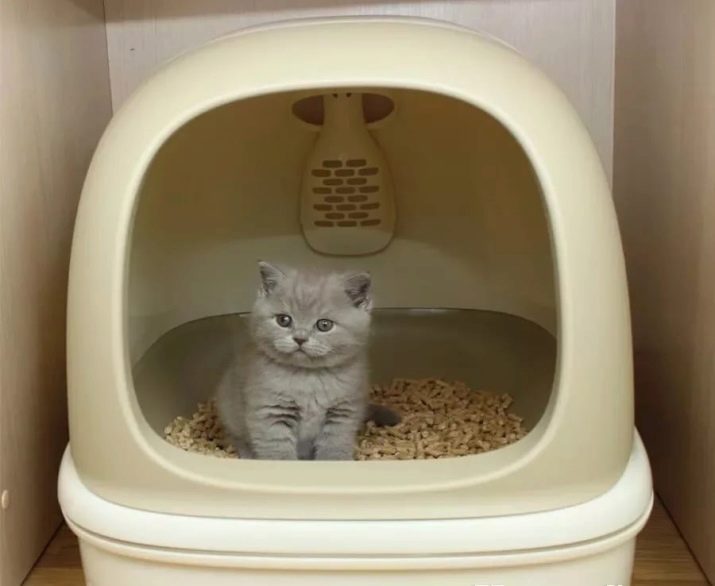
What is filler for?
The tray itself is just a container that does not provide cleanliness at all: it only defines the space for the latrine, but does not even hide the smell. For this reason, for the equipment of a full-fledged cat litter, some kind of filler is also needed. Despite the fact that cats have lived in close proximity to humans for several millennia, until recently, cat lovers had to use improvised materials as filler, which often turned out to be ordinary sand or cut paper.
Today they are not a productive solution. Since the end of the 40s of the last century, the industry has established the production of artificial fillers with much more interesting characteristics.
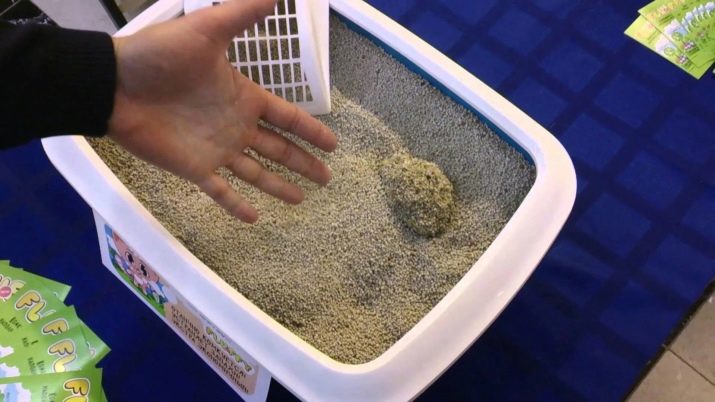
The current cat litter is small pellets without causing any negative reaction from the pet.The raw materials for the production of such granules can be different materials, they all have the ability to perfectly absorb moisture, and some also successfully mask the smell. Anyway dirt does not stick to the pet and does not spread after him throughout the house, which allows you to maintain a decent level of cleanliness.
There is no universal filler, at least granules differ in the size of individual particles. For small kittens or adult animals with increased sensitivity, small granules are usually chosen, while for pets with long hair, coarse fillers are preferable. In this case, the used filler from the absorbed moisture can swell and stick together into lumps.
As a rule, it is not necessary to change the entire volume of granules at once, only such modified areas are removed.

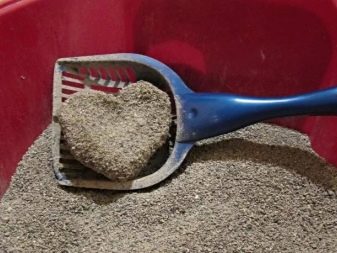
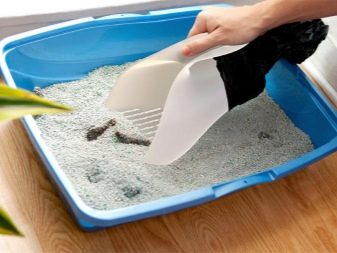
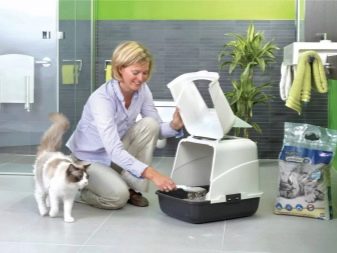
Requirements
The very fact of the existence of a wide variety of different fillers indicates that not all of them are equally good. Modern production is focused on a hygienic component: a typical moisture-absorbing filler must also be able to remove odors. But the requirements for granules do not end with practicality from the point of view of a person: it is also necessary that the cat also considers your solution to be optimal. In particular, a lot depends on the habits of a particular individual.
For example, you took a kitten from the cattery, and there they have already managed to train him to the litter box. In the nursery, the filler was silica gel, and you preferred woody. Do not be surprised that a former cultured cat will suddenly behave irresponsibly. The fact is that for an animal, the symbol of the toilet is not so much a tray as a filler. The new substance seems to him unusual, strange and inappropriate, because he is used to silica gel. Because of this, the cat will simply not associate your litter box with the litter box and will look for a place that looks like silica gel.
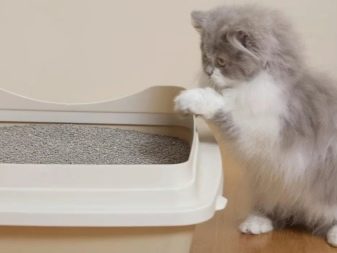

Since the animal is constantly in contact with the filler, it is important to ensure that it is completely safe from an environmental and chemical point of view. In production, the granules are often additionally flavored in order to more effectively hide the unpleasant odor, but for the kitten this may be an incentive to try the mass per tooth. In addition, during the digging process, dust from the pellets can penetrate into the lungs of the animal and accumulate there. After all, a strong scent can even be a problem on its own if it is the cause of an allergy.
An essential requirement for the filler is an adequate combination of cost and the required frequency of its replacement. The used granules must be thrown away, but much depends on the absorbency of the used substance: in some cases, the filled tray will last several times, in others it will have to be emptied almost immediately. For this reason the cheapest packaging is not always the most profitable purchase.
It should be seen how many uses it suffices. In addition, if you are not at home that often and cannot devote too much time to caring for your pet, it makes sense to pay for a quality litter that does not require replacement too often.

Views
Granular filler, regardless of its composition, is of two main types: clumping and absorbent. Their maintenance is somewhat different, because the first, absorbing moisture, collects into lumps, and they must be thrown away immediately, while the second, on the contrary, dries up over time and crumbles into dust, which does not require such frequent replacement. It might be wrong to conclude that clumping options are not very good, but they actually have a ton of benefits. These include:
- relatively low consumption of matter;
- decent masking of the smell;
- ease of cleaning;
- environmental safety due to natural origin.
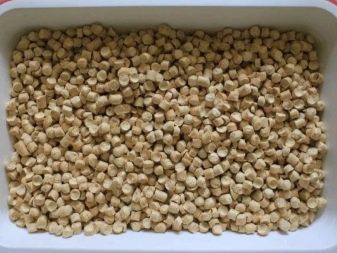
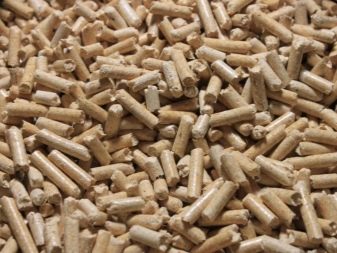
Among other things, most pets like such granules, and even for babies such a substance is not dangerous. There are not many reasons for criticism, but they are significant:
- firstly, the lumps do not dry so quickly and can stick to the paws of the animal, which is why they are carried around the house;
- secondly, such a substance involves daily cleaning of the tray;
- among other things, a truly high-quality filler of this type will cost a pretty penny for a cat lover.
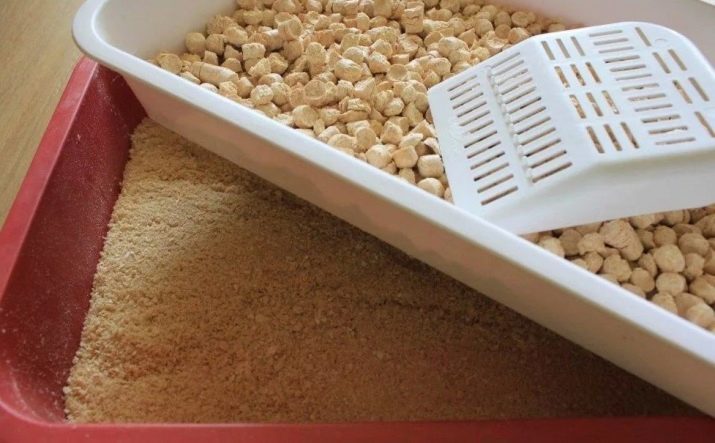
Absorbent-type fillers work very differently. Despite the same beneficial effect, they do not change their structure as they are used. Caring for a toilet with such a filler is much easier, so it is chosen either by those who do not want to deal with the litter box every day, or by the happy owners of several cats at once. The advantages of this choice are obvious:
- relatively rare service;
- good neutralization of an unpleasant odor;
- low cost;
- availability of special varieties for babies.
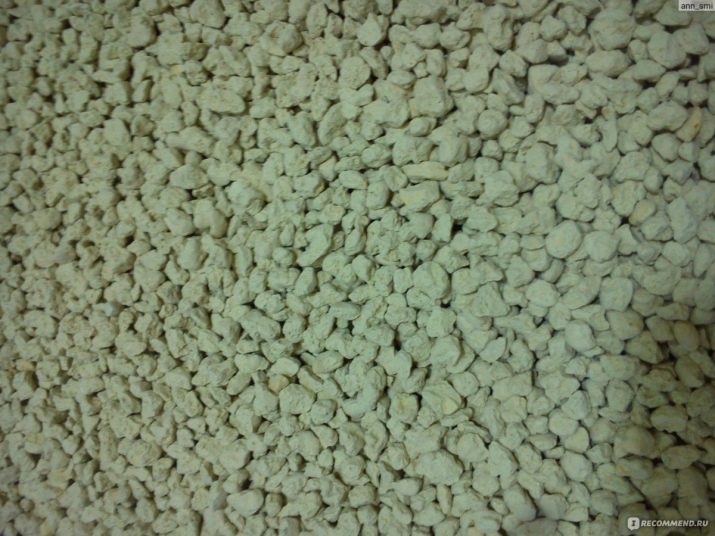
If there is only one cat, then a portion of the substance may be enough for a good week and a half. It is even possible to determine that it is time to change the granules by the behavior of the cat: she simply refuses to go to the tray if it does not seem clean enough to her. At the same time, over time, the ability of the granules to absorb the smell decreases, and some very sensitive four-legged individuals require replacing the composition even when it is only half soiled.
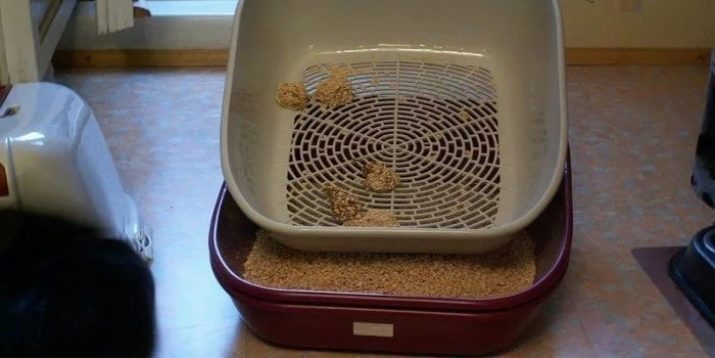
The substance is made from various types of raw materials, which in each case provides its own advantages and disadvantages.
- Mineral filler is often called clay granular... In fact, these are 2 different, albeit similar substances. Both are made on the basis of clay, the cost usually starts from 70-100 rubles per kilogram. Such granules are both clumping and absorbent, while they are appreciated for their low cost and naturalness. But there are also disadvantages. So, when used, mineral raw materials give too much dust, and it sticks to wool and spreads around the house, and it is extremely undesirable to wash it down the drain. In addition, minerals are considered unsuitable for kittens.
Clay granules are also suitable for babies, but they give no less dust.
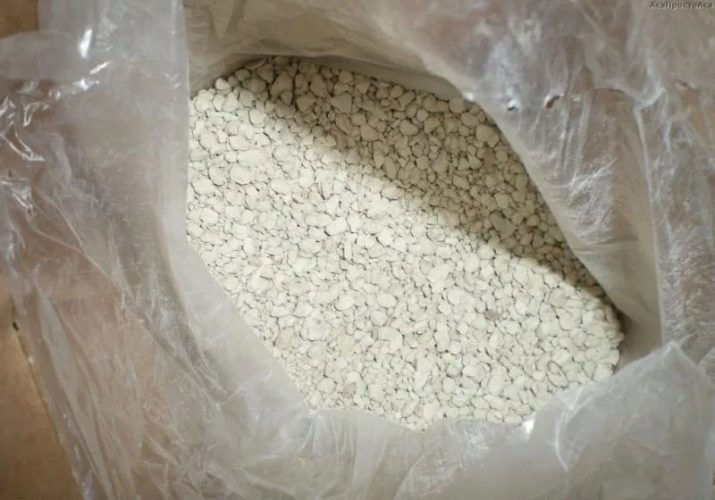
- Wood filler refers to clumping, it is made from pressed coniferous sawdust. This option is not only environmentally friendly, but also hypoallergenic, it has a pleasant smell (both for people and for pets), is suitable even for babies, and most importantly, it does not clog the sewer system. In this case, individual sawdust can be carried around the house, but this is the only drawback of a cheap substance at 100 rubles per kilo.
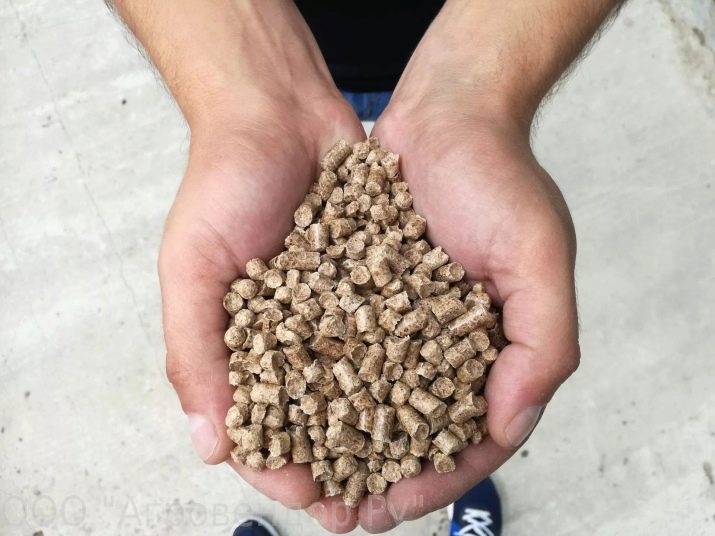
- Silica gel fillers - a relatively new development, which is sold not by weight, but in packs. On average, 4 kg will cost from 200 rubles. The characteristic white balls, made from polysilicic acid, enjoy tremendous approval from pet lovers, as they are completely safe for pets, dry instantly and do not stick to cats' fur, and do not contribute to the reproduction of microorganisms. Such granules not only effectively absorb moisture and odor, but can serve without replacement for a couple of weeks.
Of course, it also has some drawbacks: as a result, the expenditure of funds turns out to be quite significant, these balls can create problems for babies when they enter the esophagus. And also silica gel crunches very strongly, which scares away animals and irritates the owners at night.
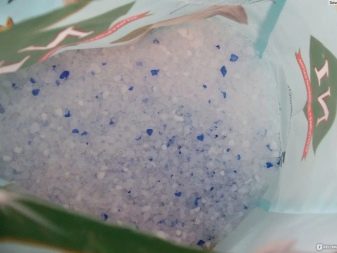
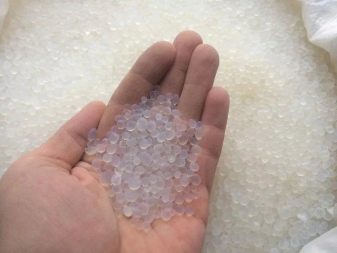
- Corn filler - the substance is relatively rare, such granules cost from 170 rubles per 1 kg, they are made from the core of the cobs. A natural product is completely safe and economical, and most importantly, it is very effective. But there are also disadvantages: a peculiar smell of granules and their too light weight, which promotes scattering.
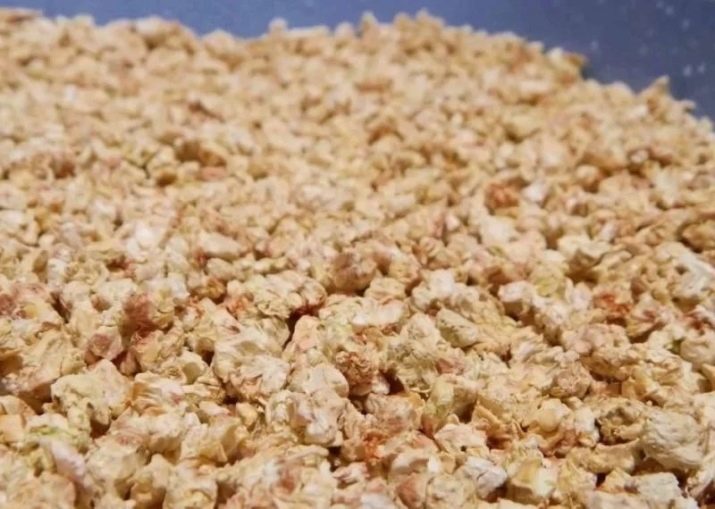
In addition, as a marketing ploy or experiment, some manufacturers offer other, much rarer filler options.For example, soy, zeolite, cellulosic, coal, or ocean sand. The most commonly offered product is zeolite. All these original solutions are not yet very popular, which may hint at their low efficiency rates. But if you are inclined to experiment or know more about these materials than the average cat lover, it might make sense to give it a try.

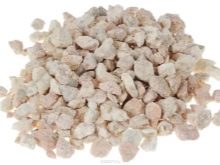
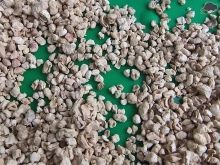
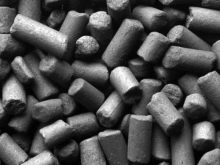
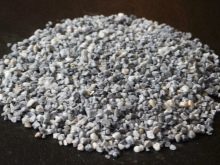
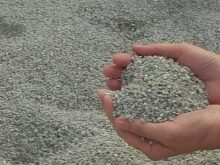
Rating
Due to the fact that there are no universal options for filler, and every cat lover is simply looking for such a solution that most fully meets his requirements, it will not be possible to draw up a full-fledged rating: there can be no question of objectivity in the distribution of seats. Therefore, we are ready to offer our readers an overview of some of the most popular blend options that are in high demand and are liked by many consumers.
Our list is unlikely to be exhaustive, and it is possible that your ideal option never made it. We only set directions for those cat lovers who are not yet very well versed in the topic.
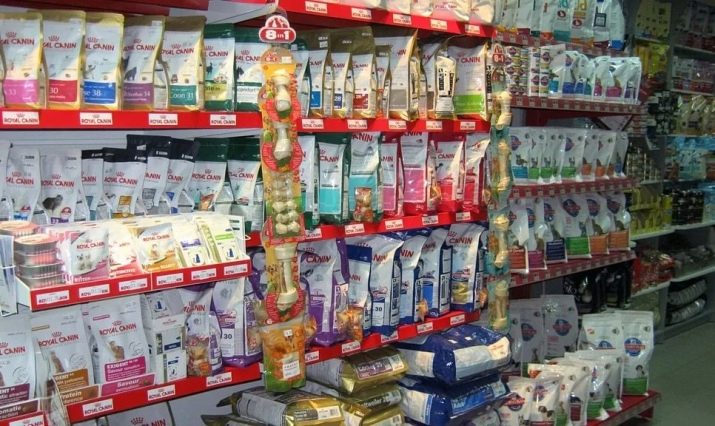
Since it would be foolish to compare fillers of different origins with each other, we decided to make separate short lists for the most popular types of raw materials: wood, clay and silica gel. If we talk about wood fillers, the most popular among consumers are products of 4 brands, and here's why:
- Cat's Best Eko Plus called the option "cheap and cheerful", for the money it is an excellent solution to all problems;
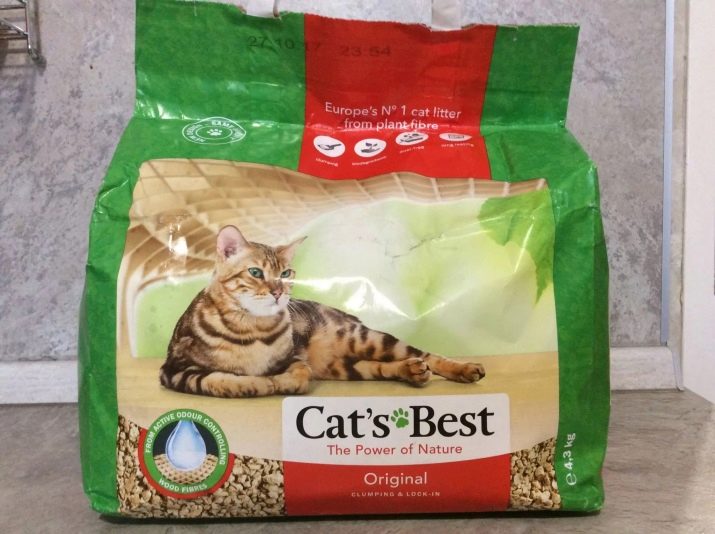
- N1 Naturel Green Tea it has a pleasant smell that people like and does not scare off four-legged pets;

- "Kuzya" considered one of the most budgetary solutions among all wood pellets, but has collected not so bad recommendations on the Internet;
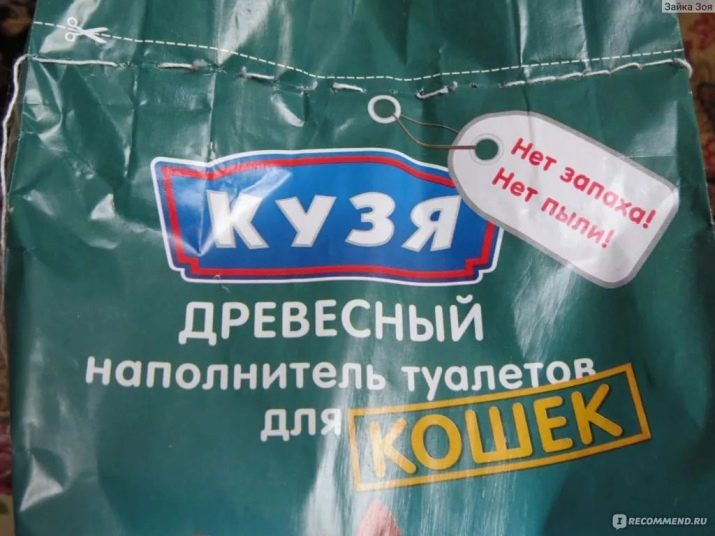
- "Clean paws" receives the People's Choice Award as a mass, which is often characterized in a positive way, with the authors of the comments mentioning its various advantages.
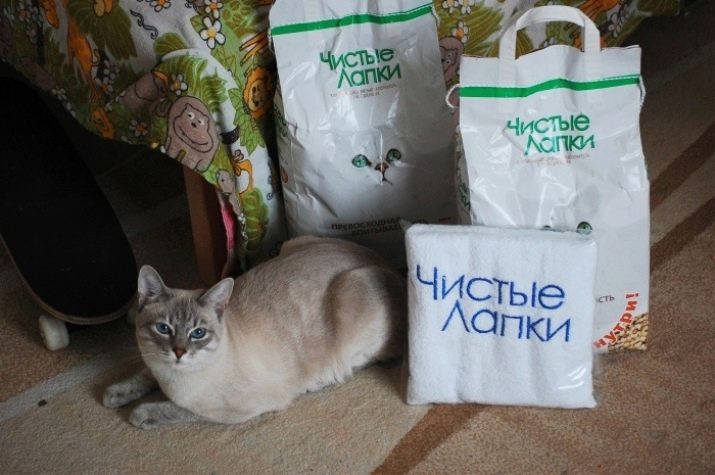
Among the clay options, we will single out 5 popular products.
- Fresh step extreme clay will prove to be one of the best solutions in terms of instant removal of unpleasant odors. If the mass can no longer fulfill its functions, you will immediately understand this from the aroma.
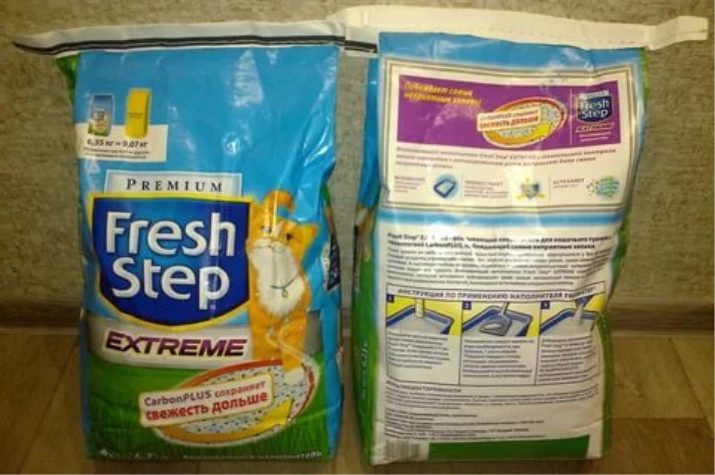
- Barsik Standard. The pellets are made from a mixture of wood and clay, which gives the product the best qualities of both materials.
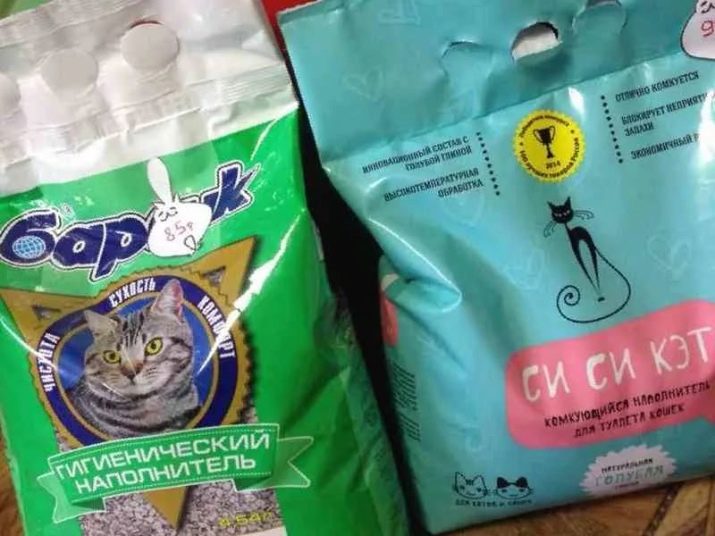
- Pi-Pi-Bent "Classic" praise for maximum naturalness and texture.
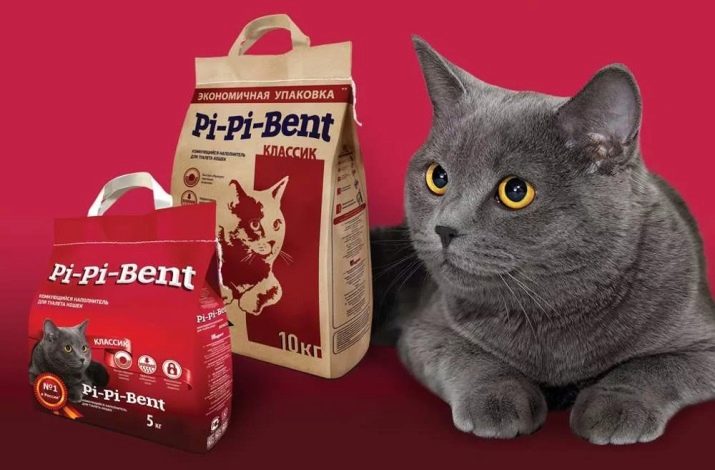
- Ever Clean Fast Acting famous for its carefully selected formula. The composition of these granules will definitely not cause your pet's allergies.
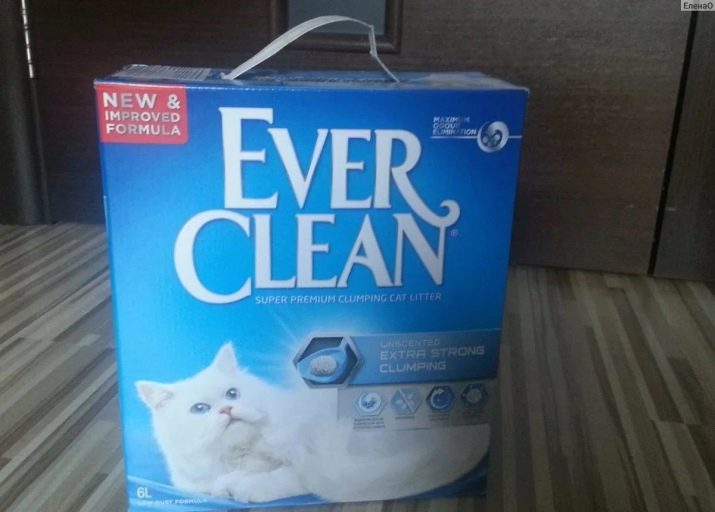
- Zoonik it is distinguished by a well-thought-out composition, which is comprehensively good: it does not produce dust, does not provoke allergies and is effective.

Silica gel fillers are considered the best achievement of civilization in this area, but there are both mediocre options and "stars" here. Let's consider the best solutions:
- N1 Crystals most consumers describe it as the undoubtedly the best filler in terms of a combination of advantages, since it is environmentally friendly, safe, absorbs a very large amount of moisture, while the animals themselves like it and does not require too frequent mass changes;

- "Siberian cat Elite" it is found everywhere on the territory of our country and collects almost exclusively positive reviews, which makes it very popular and raises it to the level of a recognized hit of sales;
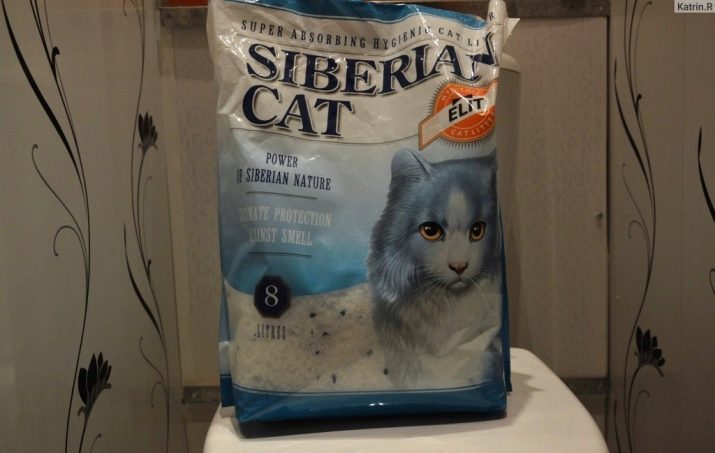
- PrettyCat Crystals of Purity proved to be the best in terms of hypoallergenicity: among other silica gel fillers, which should not cause allergies, even in theory, it is the safest;
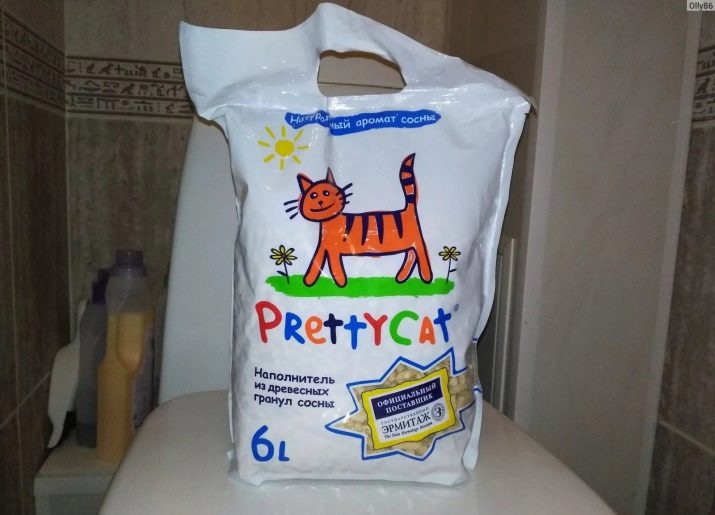
- Cat step highly prized by cat lovers for its economy: you will not waste time on too frequent mass changes in the tray, or on constant trips to the store for additives.
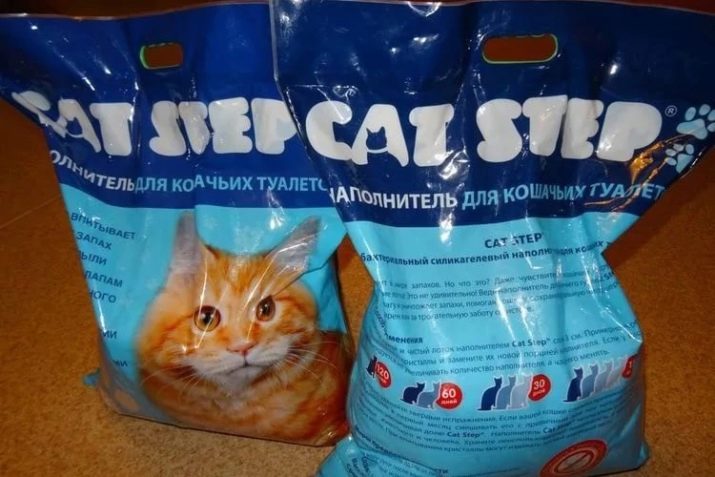
Selection recommendations
If you have not had any experience in the selection of litter for cat litter before, then the first time you are unlikely to be lucky to choose the perfect option.In this situation, it is best not just to read and listen to other people's recommendations, but to try different solutions and form your own opinion about them. The choice is quite impressive, so you should know what to look for.
- Absorption capacity. In terms of rapid absorption of moisture, mixtures of the clumping type manifest themselves best of all: the formed lump usually hardens and does not mix with the remaining dry mass. In terms of the amount of moisture absorbed per unit volume, silica gel is the absolute champion, while in terms of efficiency, wood and corn work in many ways no worse, but, alas, they do not absorb so much and are able to crumble.
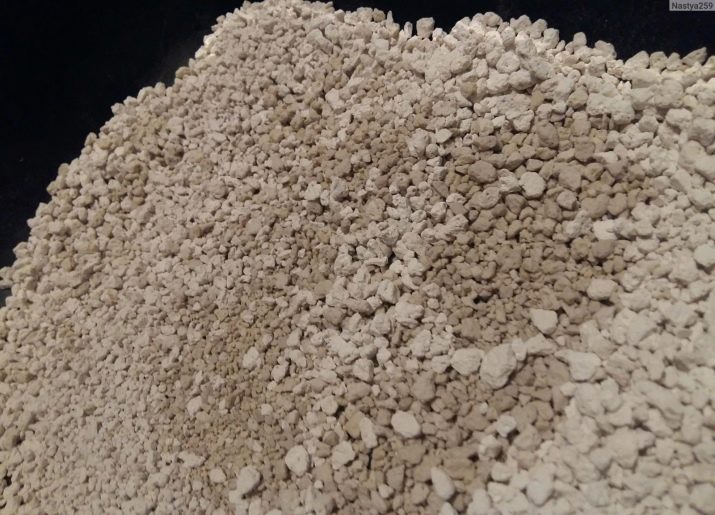
- Odor masking. Not only people do not like the unpleasant smell from the cat litter box: because of it, even the pets themselves refuse to visit their usual place. In terms of masking aromas, natural products are much inferior to synthetic ones, and the same corn filler, even in its pure form, has its own specific aroma.
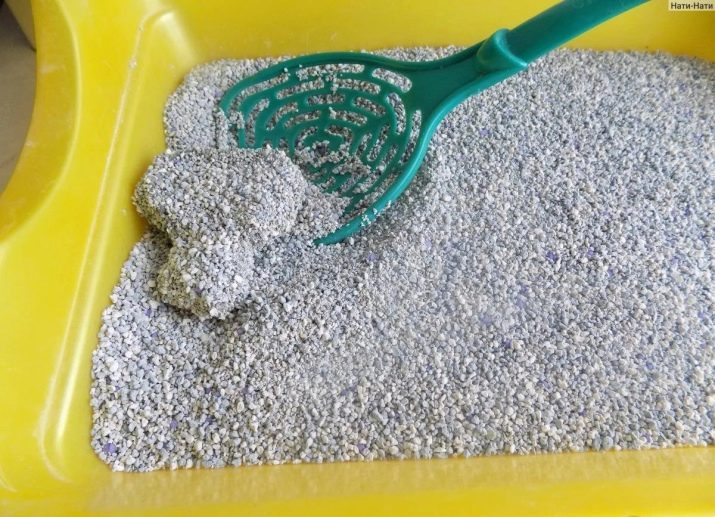
- Flushing down the drain. When replacing litter in the litter box, many cat owners find it completely unnecessary to fiddle with garbage bags. Instead, they would happily flush all the waste, along with the pellets, straight into the toilet. This option is available only if the substance is of natural origin and tends to quickly decompose in water.
But even in this case, it is possible to clog the sewage system with large volumes of washed off mass, therefore, the filler is sent down the drain in relatively small portions. For mineral compositions, this option is generally prohibited.
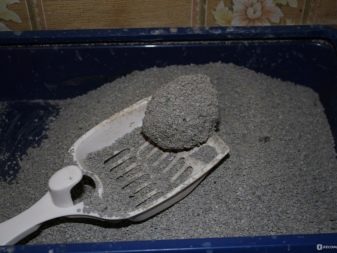
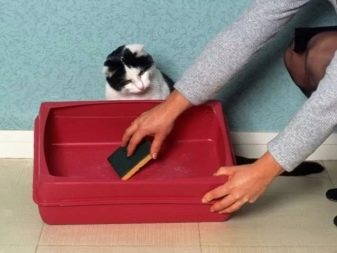
- Aromatic properties. Many manufacturers offer to simply interrupt the unpleasant smell of the tray with a pleasant aroma, which is inherent in the filler. Such a decision is not always positively perceived by the four-legged: the predator should not smell at all, even pleasant, so many cats simply refuse to visit the too aesthetic litter box.
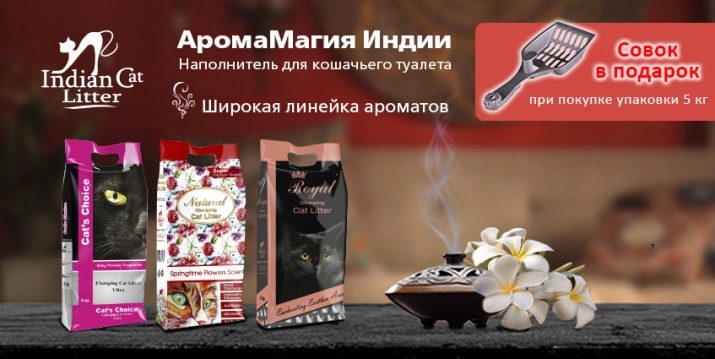
- Hypoallergenic properties. Like humans, cats can be allergic to various substances around them, and the litter can also contain allergens. Natural products in this case are considered as correct as possible, but if it is very dusty, it will still not be too good, especially for kittens. As practice shows, silica gel, although positioned as a completely safe substance, is still not as good as clay or wood.
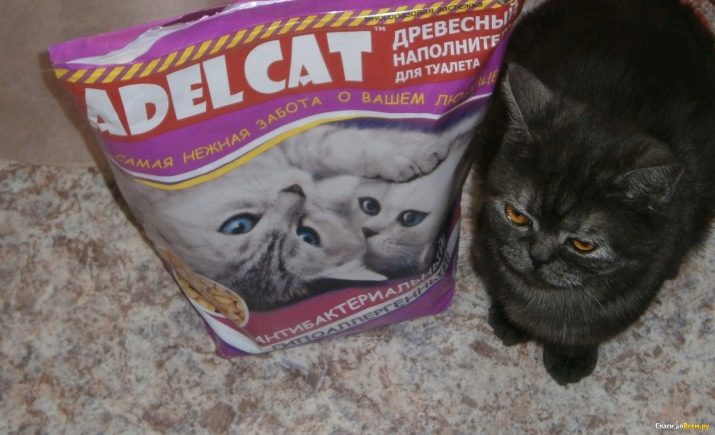
- Profitability. If you look strictly at prices per unit of weight or volume, then the cheapest solution seems to be a mineral filler, then wood mixtures follow, and silica gel and corn are already a kind of elite solutions. In this case, it is necessary to take into account the consumption of the substance, because silica gel serves without replacement for about 2 weeks, while wood pellets rarely last longer than 3 days.
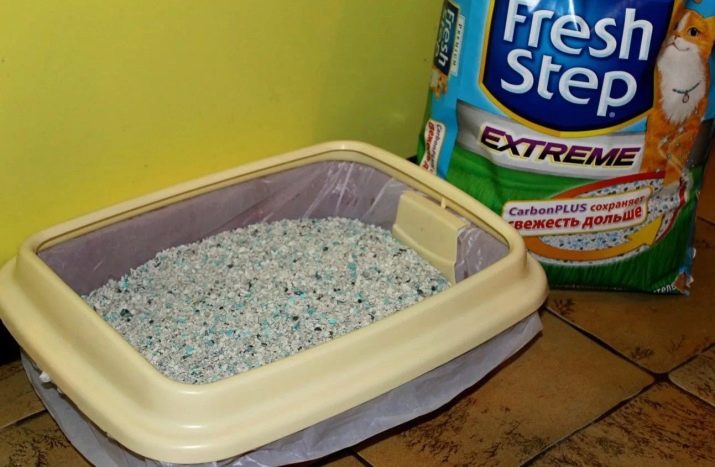
What can be replaced?
It is generally accepted that mixtures created specifically for filling cat litters can be problematic to replace with something else without loss of effectiveness. However, some consumers still do not consider it necessary to spend money on such products, especially if there is an option for using improvised means in this capacity, which would otherwise be wasted. At the very least, this approach is worthy of mention, so let's say a few words about popular substitutes for factory fillers.
- No filler. This solution can be safely called the most economical, since there will be no consumables at all. Some cats do not seek to hide the results of their vital functions, so a simple lattice container may be a good solution to the problem. At the same time, the cleanliness of such a toilet will have to be monitored especially conscientiously: it must be thoroughly washed and rinsed daily after each use.
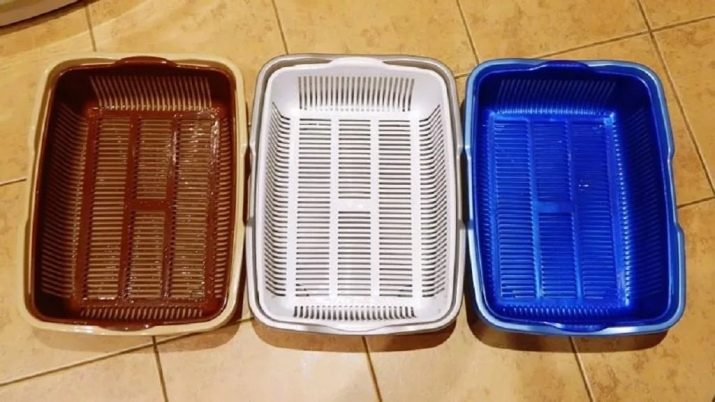
- Sand. Widespread and readily available material, good for its naturalness.It will not cause rejection in the pet. It absorbs moisture remarkably, but there will be little problems with the smell: such a filler will not be able to completely hide the aroma. When choosing in favor of sand, it is advisable to have a tray with high sides, otherwise individual grains of sand will inevitably crumble around. Such a mixture needs to be replaced every 2–4 days.
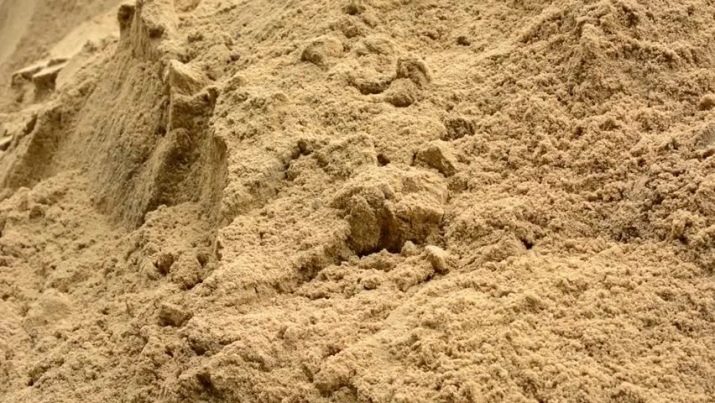
- Newspapers. Obviously not the best option: they resort to it only because the old periodicals still need to be put somewhere. For the convenience of using the tray, the owner will have to diligently grind the paper, there should not be large pieces. Due to the fact that newsprint gets wet quickly, you need to change it daily, in terms of masking the smell, it has practically no effect, so you will also have to wash the container regularly.
To partially extend the service life of the paper filler, it can be combined with the classic grill, due to which some of the moisture will seep through the newspaper without absorbing into it.
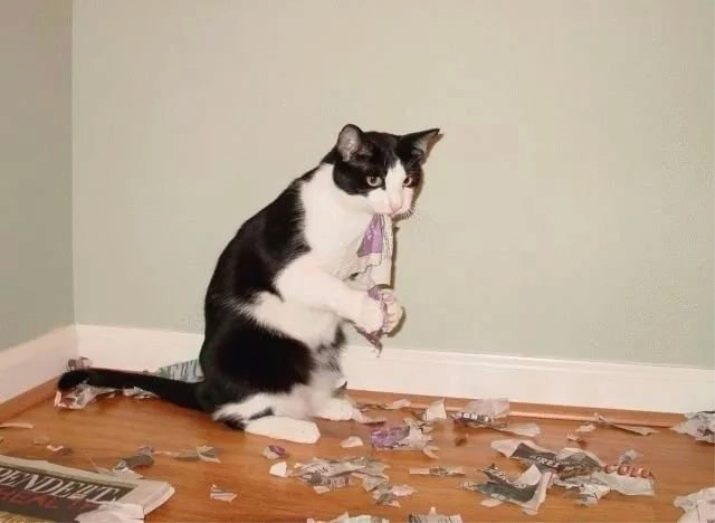
- Sawdust. This is perhaps the best of the folk options. It is quite good at both absorbing moisture and masking odor. As long as the filler does not get wet throughout the entire thickness, unpleasant odors are usually not observed, therefore, in some cases, the mixture can be changed even once a week. At the same time, for such a rare service, a full-fledged ten-centimeter layer of matter is needed, as well as high sides. However, even the latter will not save you from the fact that sawdust inevitably produces fine dust and sticks to the cat's paws, which is why it is carried throughout the apartment.
The last problem can be leveled by adding an additional layer of newspapers on top of the sawdust, but then the paper will have to be changed daily.
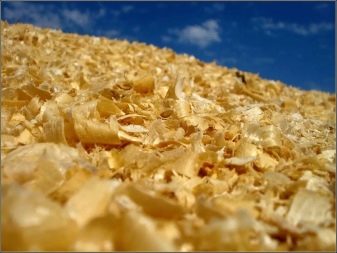
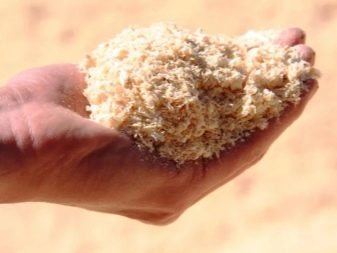
- Fuel pellets. Basically, this is the same as store-bought wood products. Having got wet, the granules simply crumble into ordinary sawdust. This option is quite productive in terms of hiding odors and perfectly absorbs moisture, you can not change it after each use, but simply fill up. All these properties make it possible to clean the container relatively rarely: once a week or one and a half.
However, not everyone considers fuel pellets to be a cat litter product.

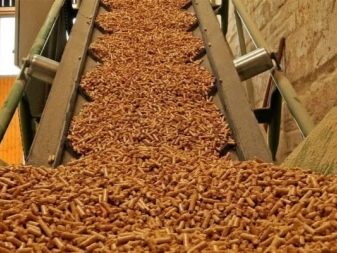
How to use it correctly?
Cat litter boxes are overwhelmingly popular for the simple reason that they are so easy to use. Each box must have a detailed instruction describing the correct algorithm for applying the mass, however, in general, it is almost always the same: the container is filled with an even layer of granules approximately 5-10 cm thick.
Sometimes for clumping mixtures, the manufacturer indicates the exact amount of the required mass, then compliance with the stated dosages allows you to use the granules as efficiently as possible. This type of substance must be cleaned daily to remove solid waste and lumps that have formed.
The absorbent version of the mass lasts much longer without replacement. Depending on the type, it is usually changed every 5-10 days. In this case, the entire volume of the filler is removed and must be replaced; before pouring a new portion, it is necessary to thoroughly rinse the container.
The used product can sometimes be thrown down the toilet, but this possibility should be clearly indicated on the packaging. If there are no such recommendations, it is better not to risk it.
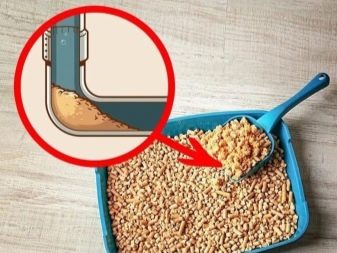

Please note that it can be very difficult to retrain an animal that is accustomed to a certain type of filler, so often the choice of the first mixture for a kitten must be taken very responsibly. You can quickly train a kitten to the litter box by catching the moment when he becomes restless after eating. At this moment, urgently take it and put it in the container, without letting it go, until it cope with its business.
The baby's association will develop not so much with the location or the tray as with the filler, therefore changing the composition can make the pet know that the toilet is no longer in this place. However, some cats get attached to the place, especially if the replacement of one filler with another is smooth, and the smell and texture are not so radically different.
If you see that the mixture you have chosen is not suitable for some reason, it is worth trying something new.
For example, some of the pellets are too light, and the pet simply scatters them while digging in the tray, which does not contribute to the hygiene of the apartment. If such a problem is observed, next time it is worth choosing a mass of a larger fraction or made of relatively heavy materials.
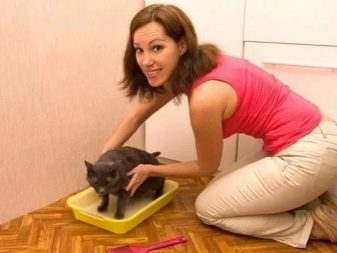

Reviews
The comments of the owners of mustachioed tetrapods on various thematic forums show that an experienced cat lover is guided not only and not so much by the material from which the granules are made, but rather by the manufacturer. It is quite obvious that even softwood pulp can be made from different types of wood. In addition, the exact composition of the substance may differ if it contains any extraneous additives. The same applies to mineral or clay fillers, because the clay for their manufacture is also different - what can we say about synthetic substances produced in laboratories. Since the size of the faction is also important, sometimes it takes a long time to find the ideal option.
At the same time, there is simply no universal solution for all situations in life. The choice depends on too many factors, from the range available in your city to the characteristics and personal preferences of the animal for which the tray is equipped.
For this reason, any recommendations for choosing a mass are rather arbitrary: it is not a fact that your cat will like what most of his relatives like. However, if you are still completely unfamiliar with the topic, sometimes it makes sense to read reviews on the forums in order to make at least an approximate list of products that you need to try first.
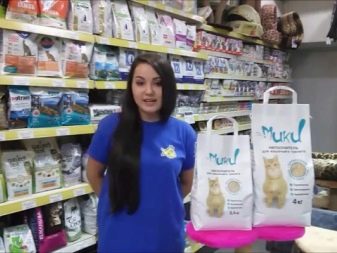
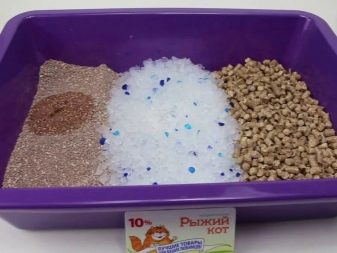
Please note that negative and critical comments are never found on the websites of filler manufacturers and sellers. Often, such reviews are custom-made, or the resource moderators simply remove impartial opinions. For this reason, during the selection focus mainly on your own observations, opinions of people you know, as well as messages on independent Internet sites.
For information on how to choose cat litter, see the next video.
































